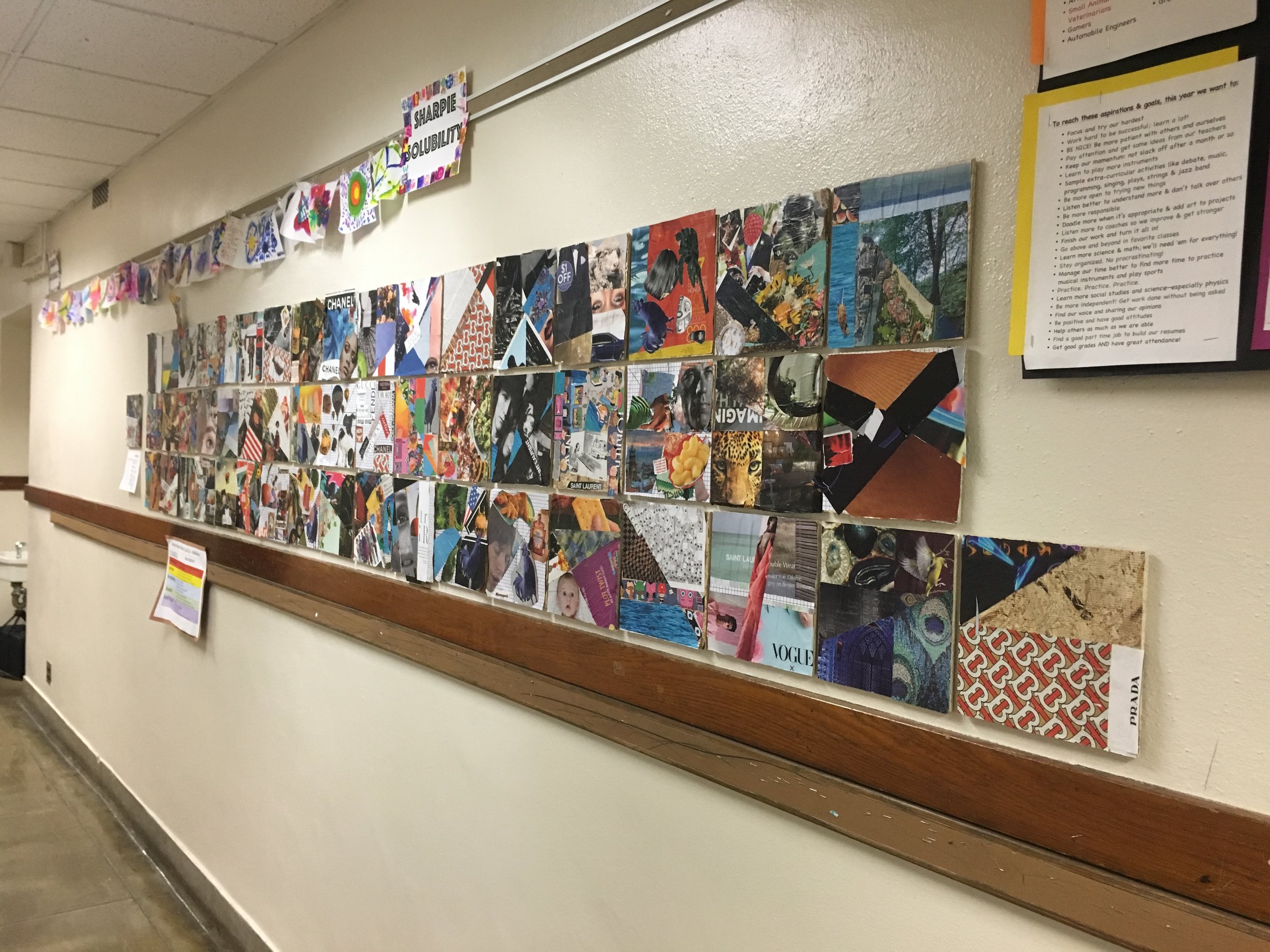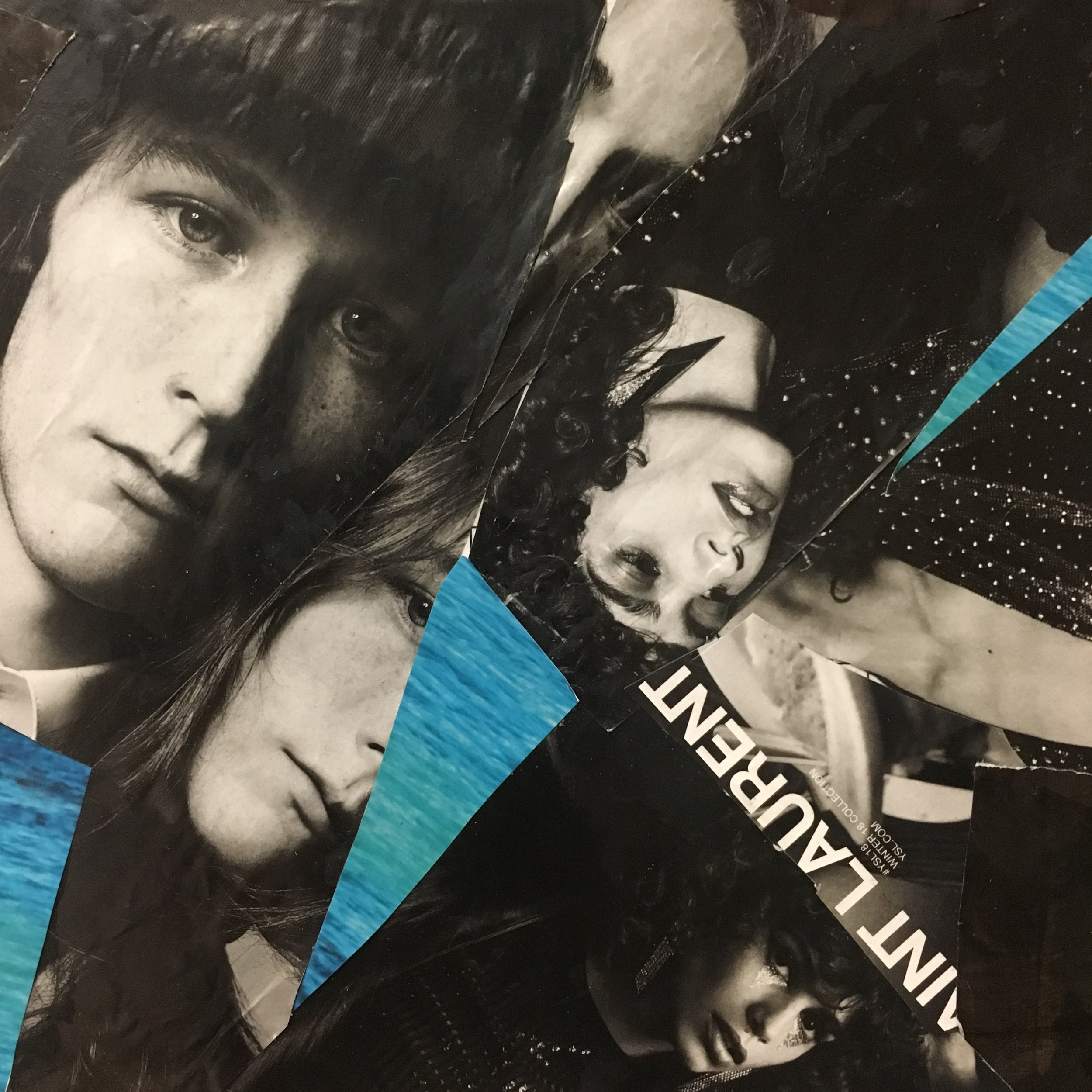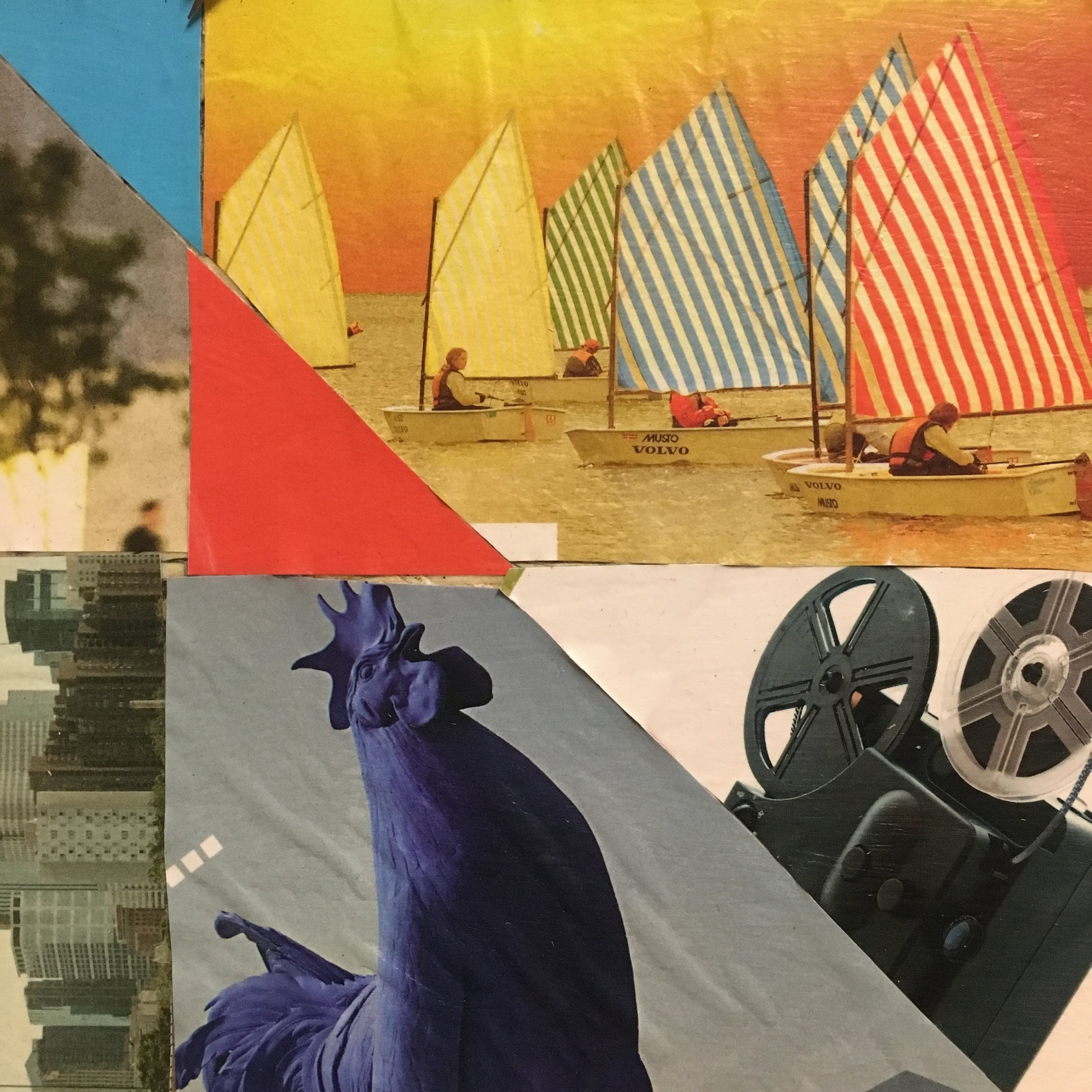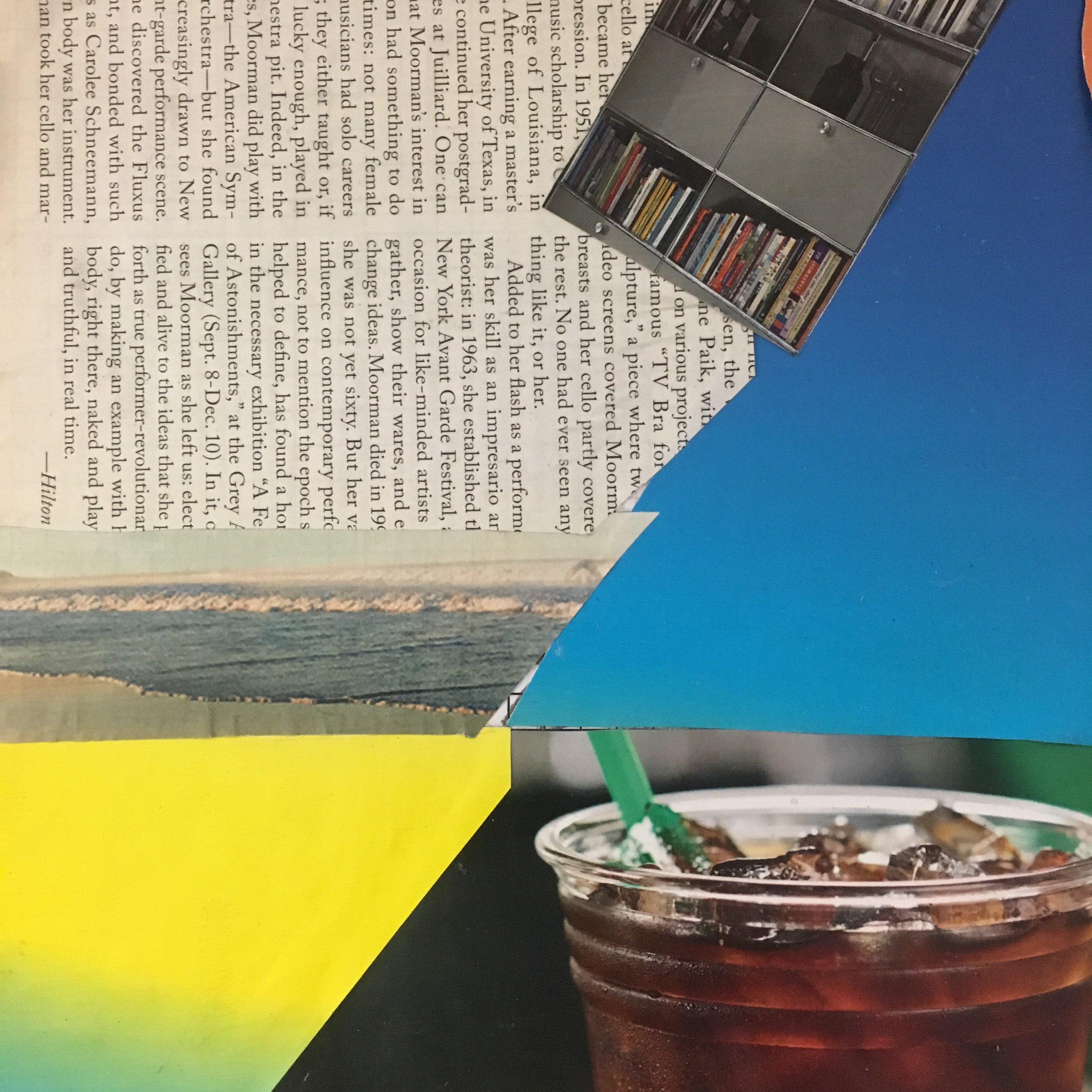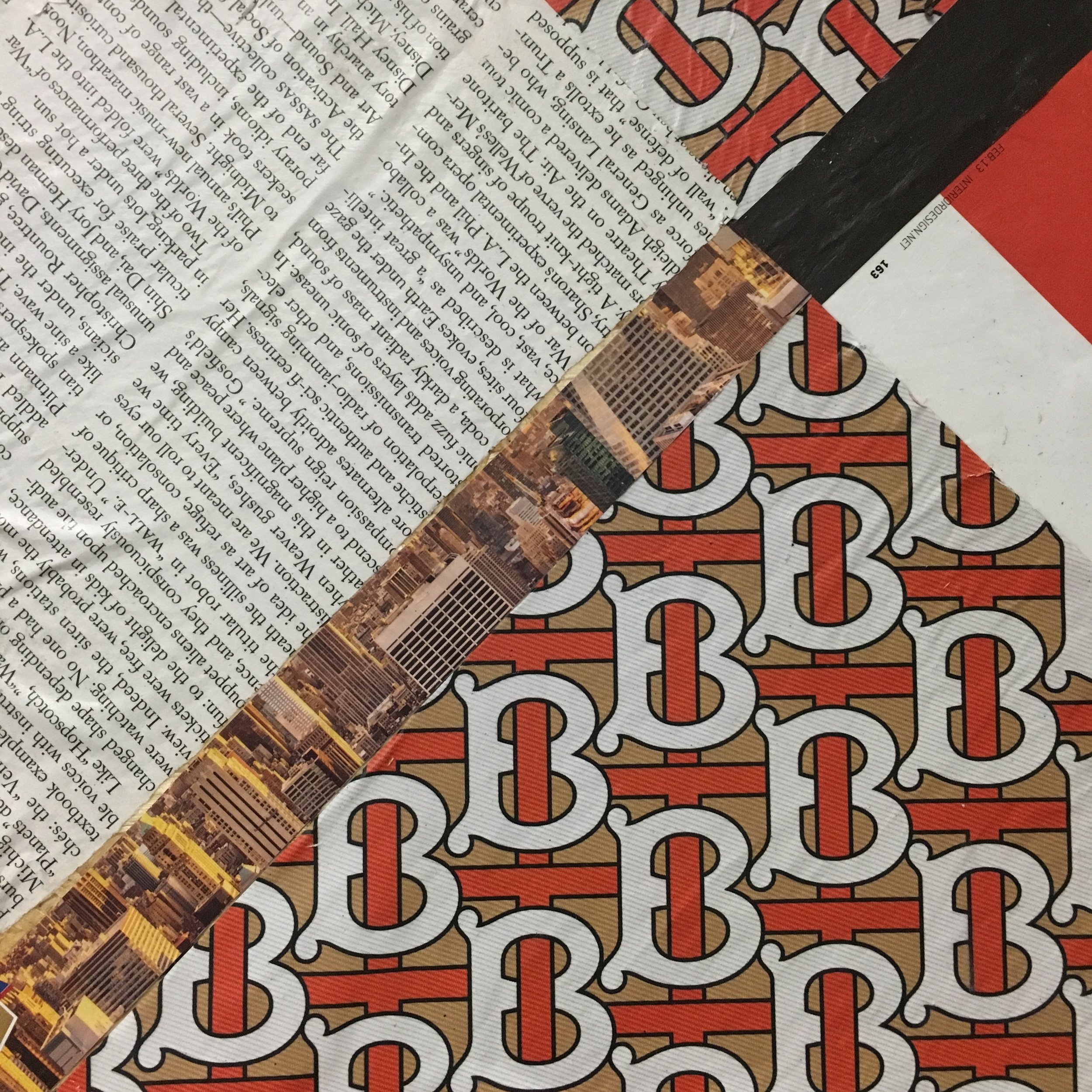Algebraic Collage
School/Teacher/Classroom or Arts Organization/Mentor: Clara Barton Open School, Allison Rubin Forester, Algebra classes (2)
Grade Level or Age of Participants: 7th and 8th grade
MCAD Teaching Artist: Eli deVries
Number of Students: 33 students
Visual Arts Content or Standards
6.1.1.5.2: Analyze how the principles of visual art such as repetition, pattern, emphasis, contrast and balance are used in the creation, presentation, or response to visual artworks.
Curricular Link / Standards
7.2.2.1: Recognize proportional relationships in real-world and mathematical situations; represent these and other relationships with tables, verbal descriptions, symbols and graphs; solve problems involving proportional relationships and explain results in the original context.
Represent proportional relationships with tables, verbal descriptions, symbols, equations and graphs; translate from one representation to another. Determine the unit rate (constant of proportionality or slope) given any of these representations.
Overview of Project
Students use algebra to make art by graphing three different equations and translating these lines onto an 8x8 piece of plywood as a representation of themselves. Students find relevant imagery and pages in magazines and apply and cut the shape of chosen images to fit the sections of their graph, with room to apply layers and create a narrative that helps them to express a part of themselves.
“Big Ideas”/ Essential QUESTION(s)
How can we use math outside of class?
How can we use graphing creatively?
How might math and art connect?
PREFORMANCE OBJECTIVES
Students will:
Apply graphing and equation skills from algebra to a personalized collage
Use graphing/algebra in an expressive and creative way
Select relevant images from magazines, and place images with narrative intention and compositional consideration
Prior Knowledge
Know how to write and graph algebraic equations
Examples of Artwork
Bouquet of Eyes, 1930, Collage, Hannah Hoch
Folding Series, 2008, Magazine, Eli Crave
Greener Pastures, 2006, digital print of handcut collage, Elizabeth Zvonar
Additional Resources
Desmos Graphing Calculator – https://desmos.com
Assessment
Students will meet outcome objectives by
Writing and translating correct equations onto an 8” square of plywood
Focusing on spacing, placement, narrative and composition when choosing images for their piece of plywood (i.e. being purposeful and accurate in placement)
Materials
- Pencils
- Paper clips
- Hole punch
- Rulers
- Graphing paper
- Magazines
- Newspaper
- Manilla folders and paper clips to store images (with student name)
- Scissors
- Sponge brushes
- Modge podge or Elmer’s glue
- Command strips, large
- OSB Plywood, 8x8 piece
Learning Activities and Timing
DAY ONE
Teaching artist introduction, examples and instruction PowerPoint ___ 7-10 min
Graph three different equations on graphing paper. Is there an equation that represents you? ___ 10-15 min
Browse magazines around work area and find up to 10 images or pages to use for collage. ___ 10-15 min
- How will you focus your collage: do the images represent you? Are they things you like? Are they aspects of your personality?
Clean-up; use a paper clip to keep your images together for next class ___ 5 min
DAY TWO
Glue demo video, overview of day and what students should have completed ___ 5 min
Start cutting and placing your images/magazine pages onto your piece of graphing paper. ___ 15-20 min
Glue images onto graphing paper, and then glue graphing paper to plywood. ___ 10 min
Clean up. Place the damp plywood on newspaper somewhere out of the way in the room to dry – check with teacher. ___ 5 min
Discussion ___ 5-10 min
- Was there a theme you followed with your collage?
- Do your images relate to each other?
Teaching Artist Reflection
- Will students be able to write their own equations with minimal to no assistance (or help from their peers)?
- This project helps students to work with graphing in a creative way and introduces a way to use Algebra outside of the classroom
- We will have a conversation about the emphasis and importance of imagery and placement

